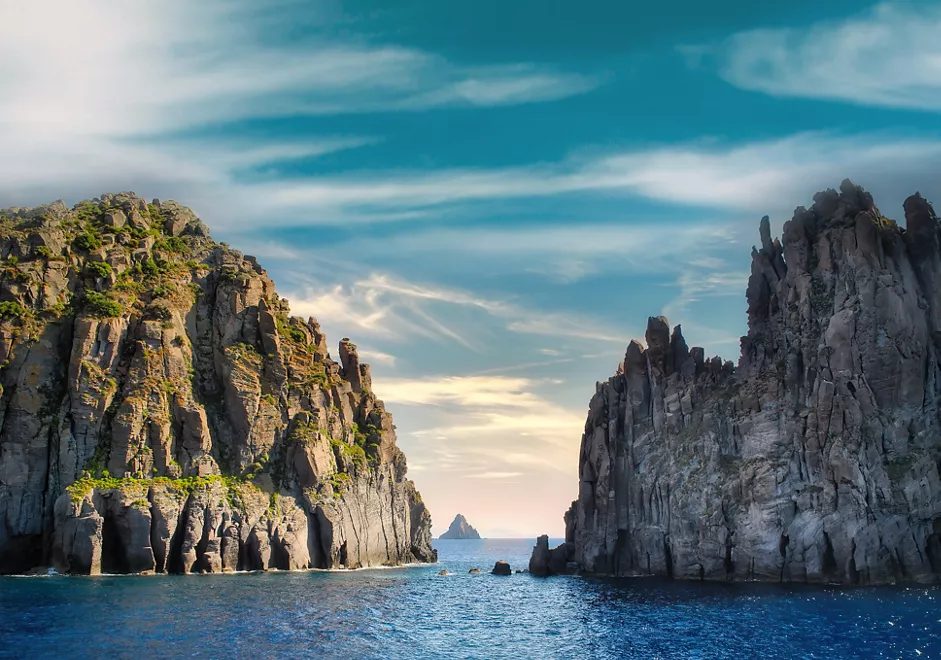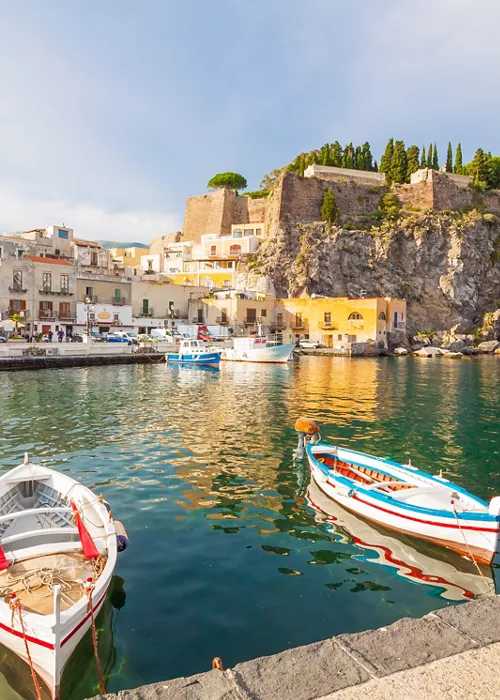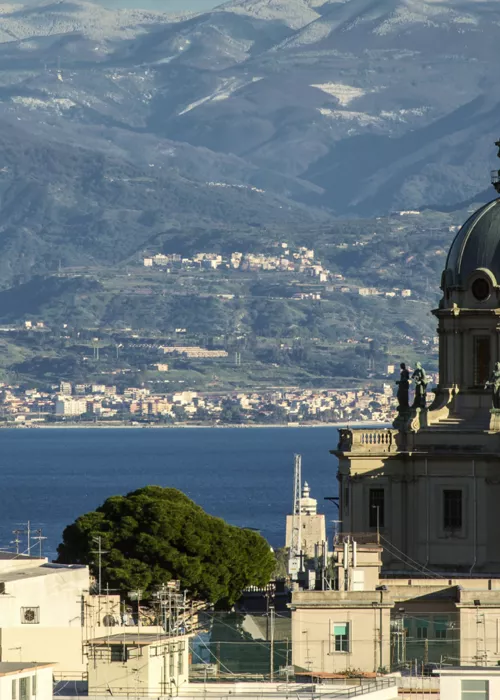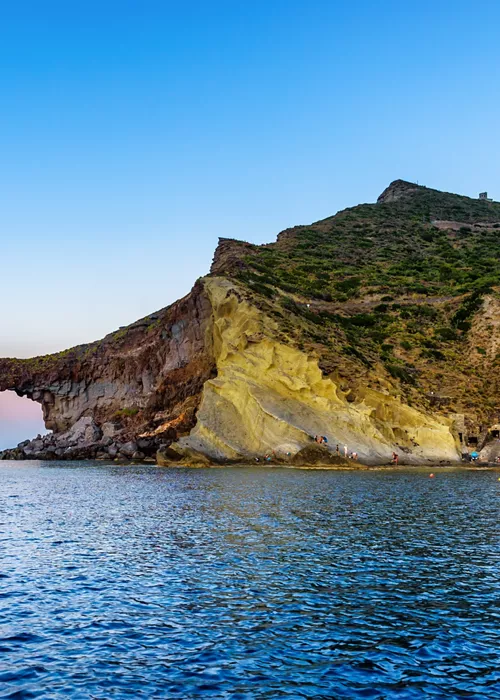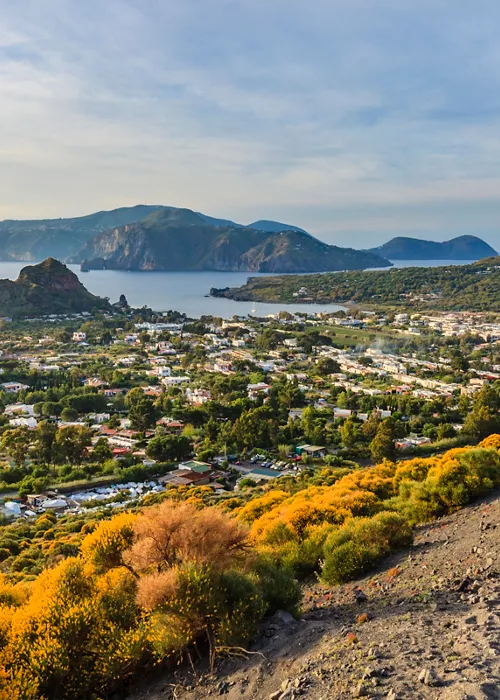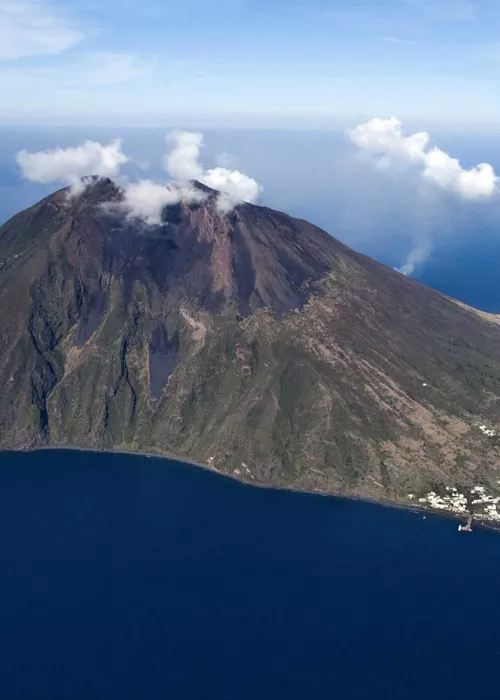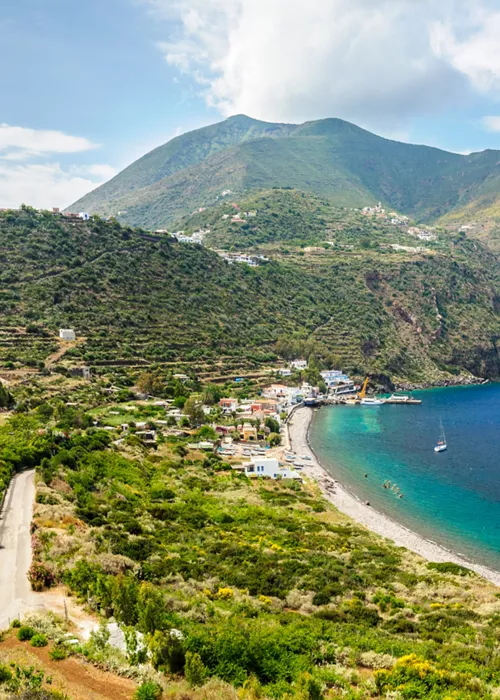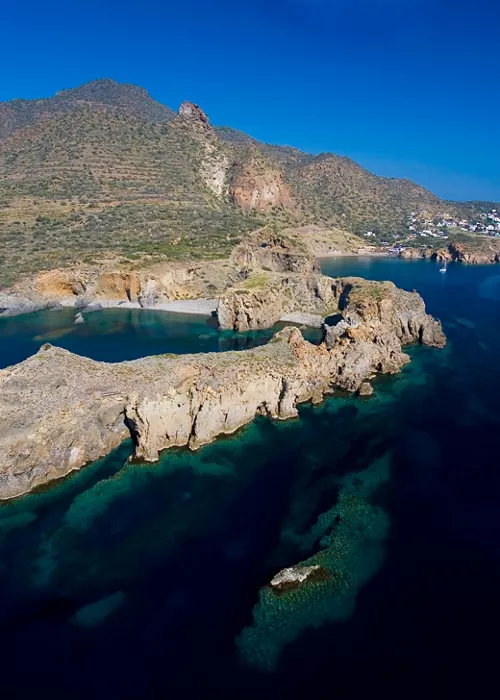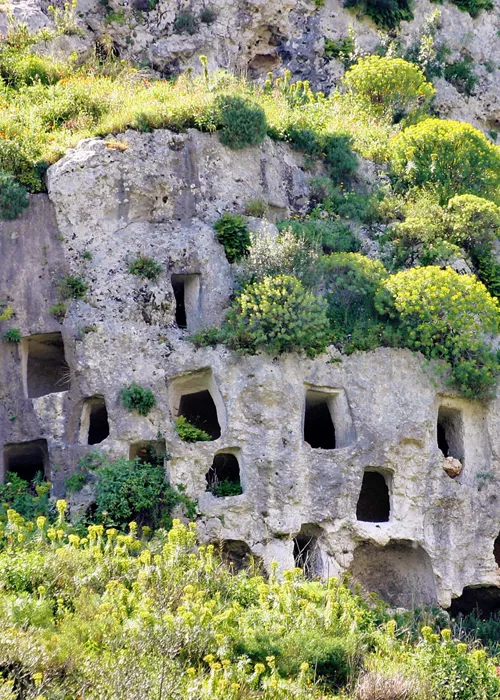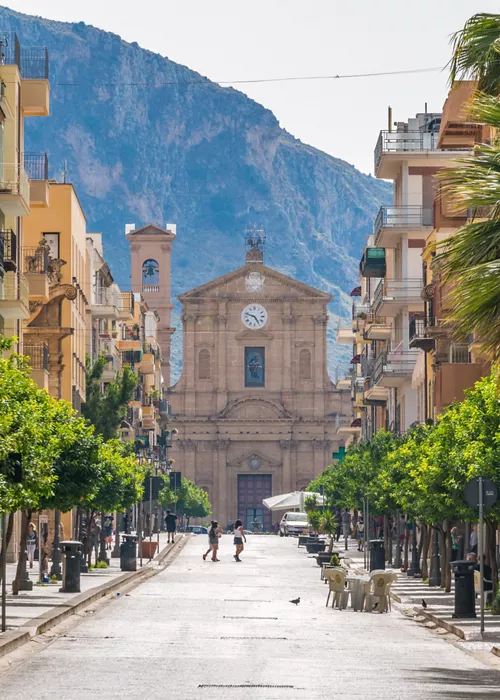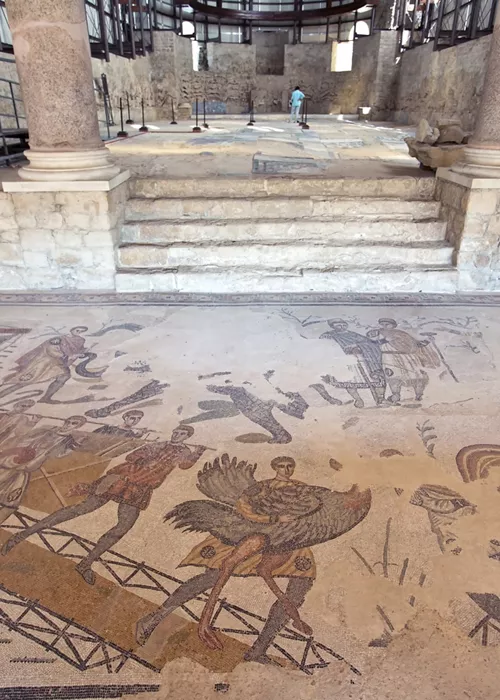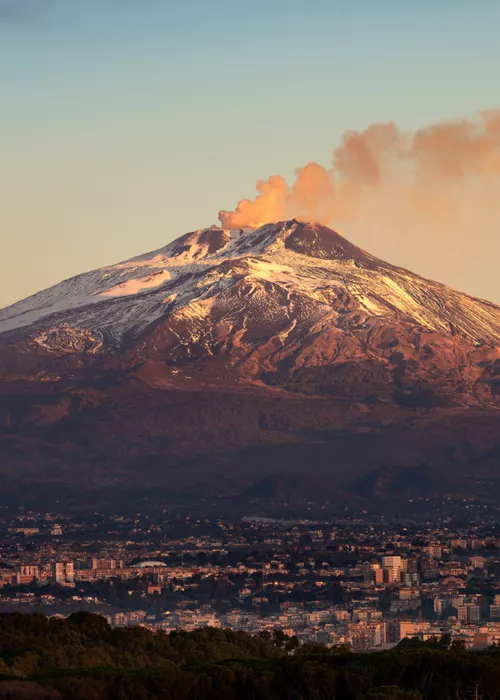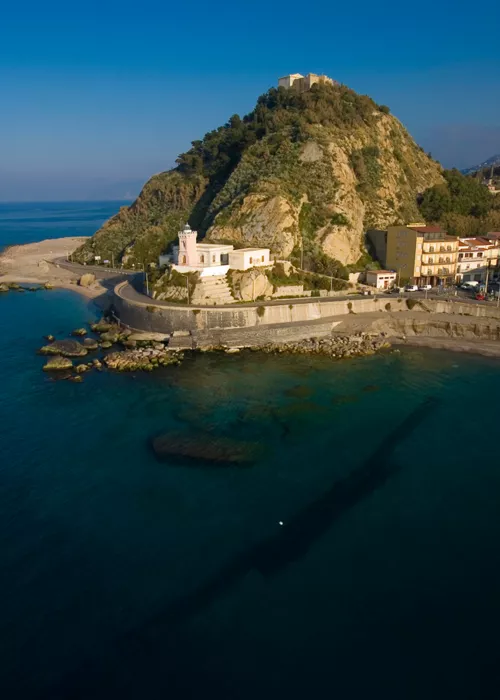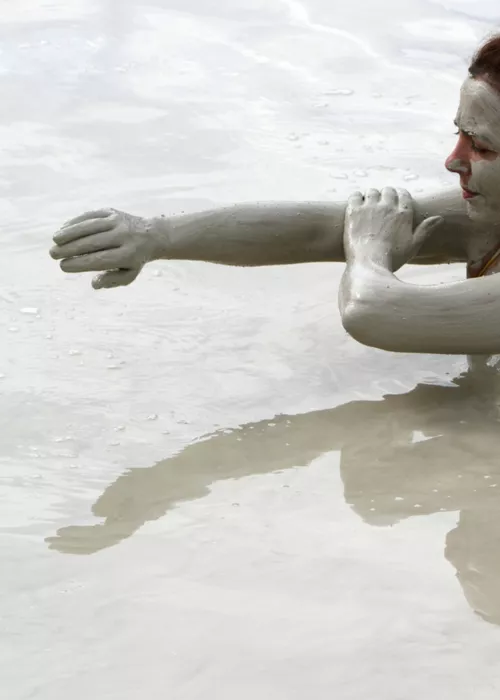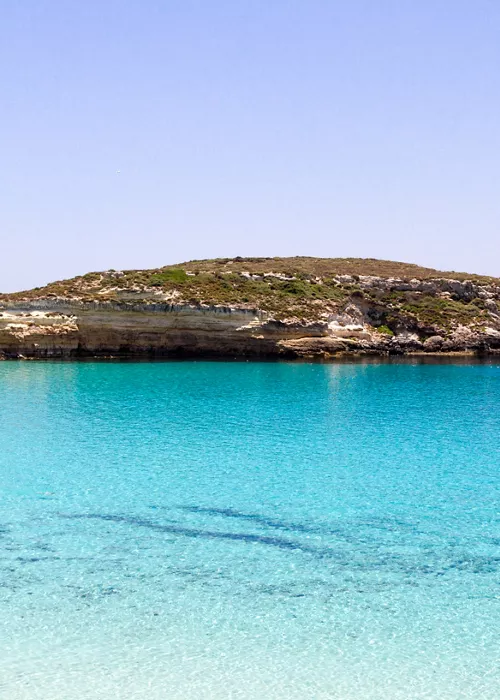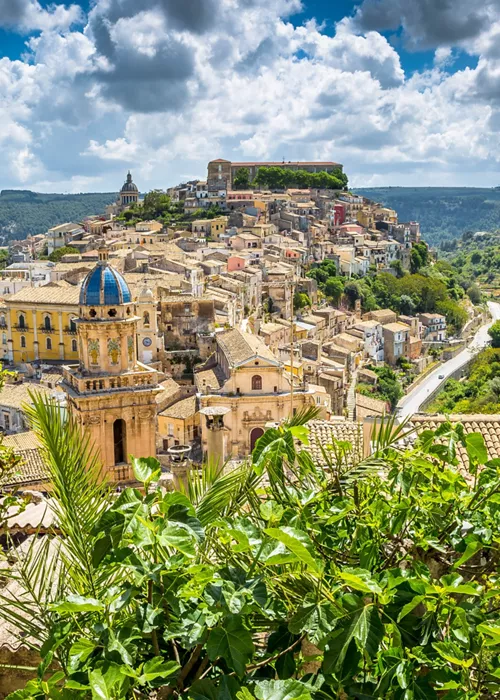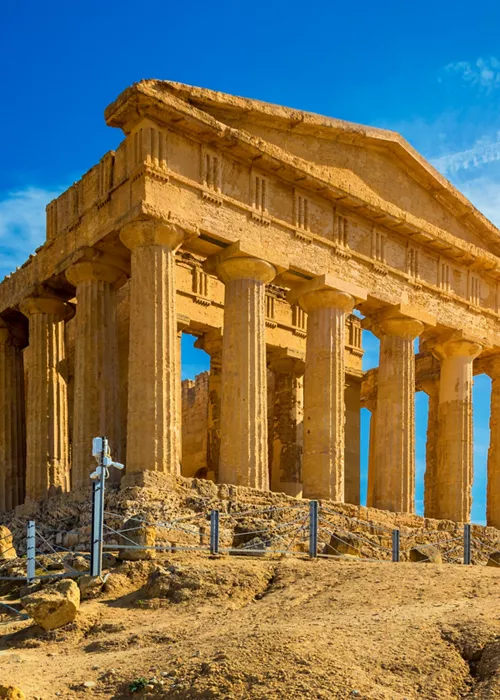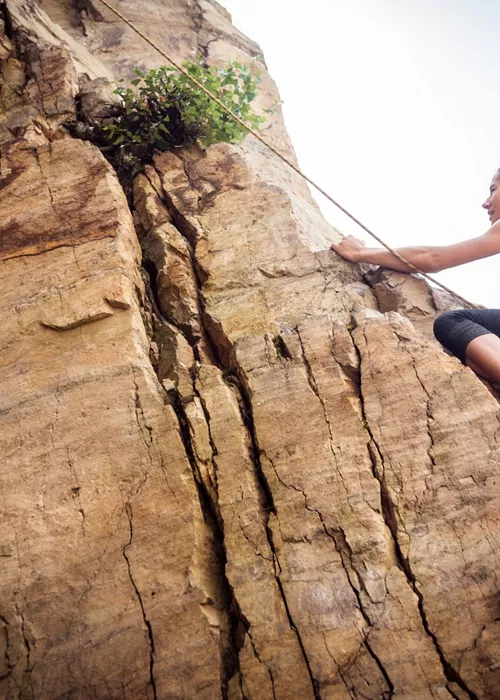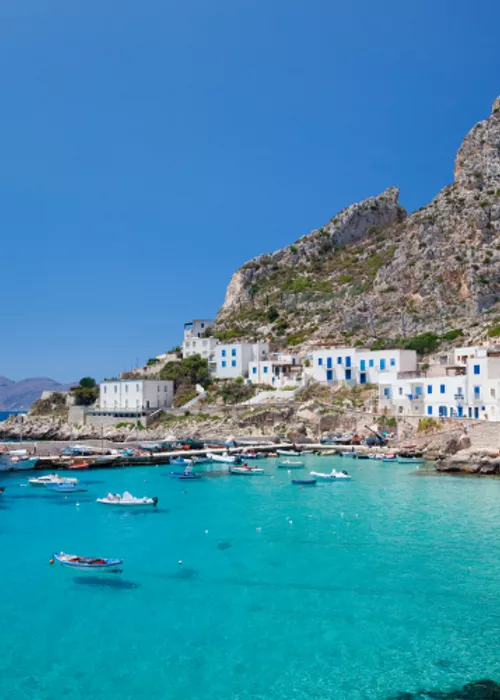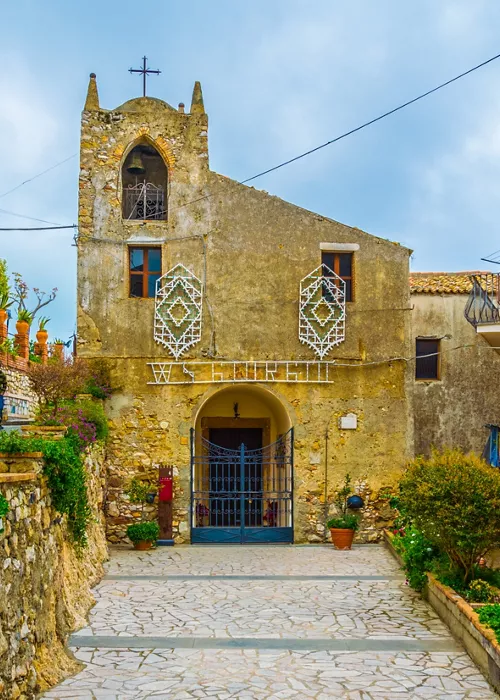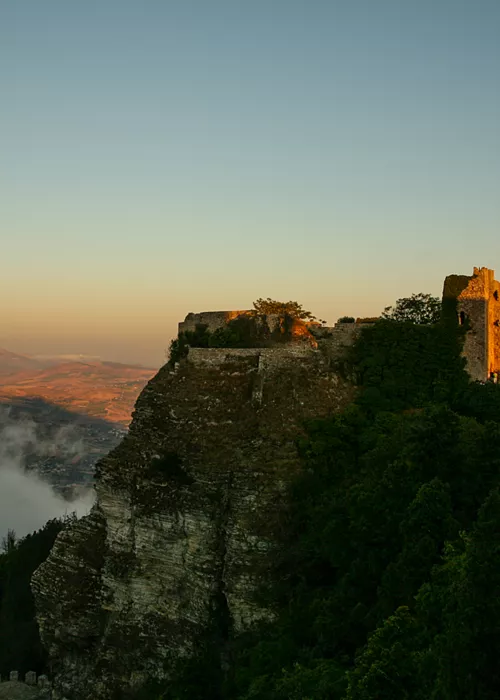Northern Sicily’s seven volcanic Aeolian Islands
3 minutes
Enchanting places lapped by the sea, characterised by wild nature and 'shaken' by two active volcanoes, Stromboli and Vulcano.
Referred to as the "seven pearls of the Mediterranean", these islands enchant all who visit.
What are the Aeolian Islands and where are they located?
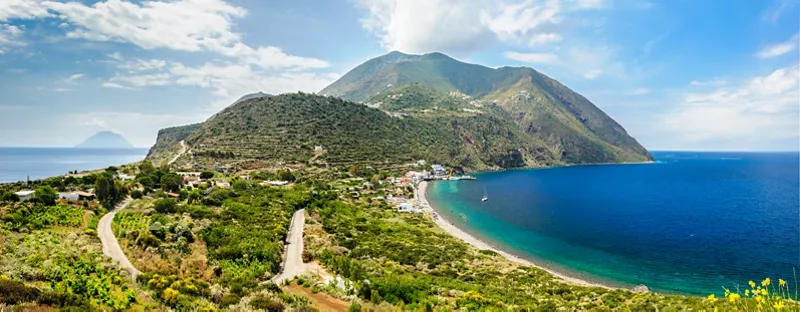
Where are the Aeolian Islands? Also known as the Lipari Islands, they are part of one of Sicily's three archipelagos, the other two being the Egadi and Pelagie Islands.
They are found in the southern Tyrrhenian Sea, up off the northern Sicilian coast and opposite the Tyrrhenian coast of Messina. They belong to the metropolitan city of Messina.
The seven islands are: Lipari, Salina, Vulcano, Stromboli with the Strombolicchio islet, Filicudi, Alicudi, and Panarea with the islets of Basiluzzo, Dattilo and Lisca Bianca.
History and information on the Aeolian Islands
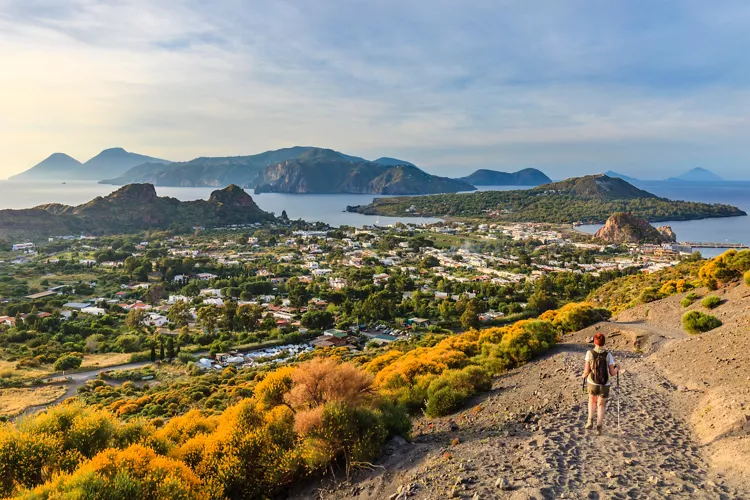
Legend has it that the islands were named after Aeolus, a Greek prince who ruled a colony there and could predict the weather from the shape of the clouds of vapour above one of the volcanoes.
The Aeolian Islands were submarine volcanoes that emerged from the waters around 700,000 years ago. Subsequent eruptions over the millennia have led to the formation of pumice stone and obsidian, which, being so sharp, is perfect for making tools. The export of obsidian throughout the Mediterranean brought great prosperity to the archipelago.
In the early Middle Ages, Lipari was a pilgrimage destination, and miraculous events flourished across the Aeolian Islands. Dioceses and monasteries were opened to repopulate uninhabited areas and revive land cultivation.
The history of the islands is marked by the arrival of the ferocious Turkish pirate Ariadeno Barbarossa, who ransacked and destroyed Lipari, deporting 9,000 inhabitants.
Why the Aeolian Islands are a UNESCO site
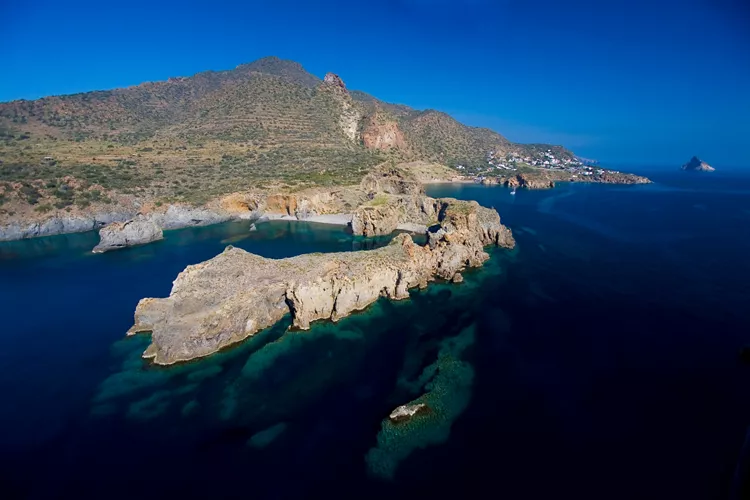
The seven volcanic islands of the Aeolian Islands were added to the UNESCO World Heritage List in December 2000 due to their specific nature: the volcanic archipelago represents an important model for the study of volcanology worldwide.
The Aeolian Islands are considered a veritable laboratory that has long provided opportunities for study: observed since the 18th century, they have provided geologists with fundamental information.
Volcanic activity is monitored by the National Institute of Geophysics and Volcanology in Catania. The site also boasts majestic sea stacks, wonderful beaches, coves and caves, as well as its extraordinary seabed.
7 stops to visit in the Aeolian Islands
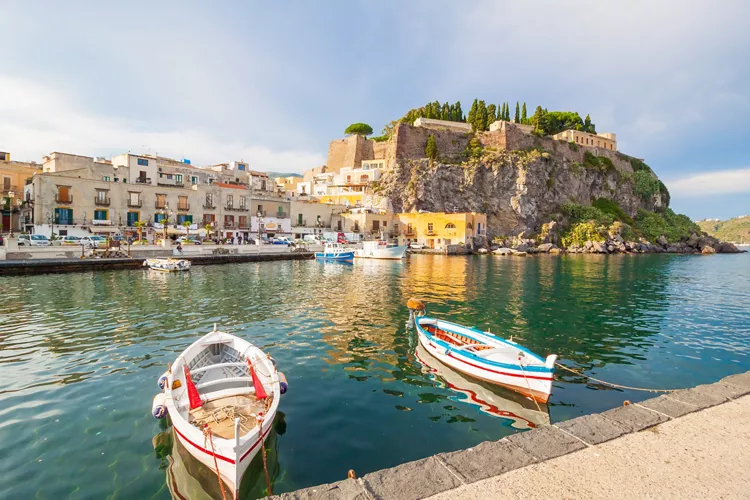
Your first destination has to be Lipari, the largest island and home to the 'capital' of the Aeolian Islands, the municipality of Lipari, which includes the entire archipelago except Salina. Brimming with cultural and scenic beauty, it is lively and bustling. Via Vittorio Emanuele is a focal point with its narrow streets, restaurants and small shops, while the most popular social space is the small square of Marina Corta. Also not to be missed is the Archaeological Museum in Lipari Castle.
Despite being the most mundane of the islands, Panarea still has an unending, wild charm, with its untamed nature and sea. It is characterised by its maze of streets and whitewashed houses and is surrounded by a series of islets and rock formations.
The island of Vulcano has a wild, rugged nature. It has been known since ancient times for its therapeutic thermal springs and mud baths, making it a popular destination for relaxing holidays. Besides the sea heated by fumaroles and the black sandy beaches, the Great Fossa Crater is a truly unmissable attraction.
The island of Salina is also called the Green Island, thanks to its rich and lush nature that produces delicious capers and is home to vineyards where the best quality Malvasia has been produced for centuries. Its name derives from the brackish water lake in the hamlet of Lingua, once used as a saltworks. The blue sea provides a backdrop to incredibly scenic beaches such as Pollara Beach, made particularly iconic by the film Il Postino starring Massimo Troisi.
Alicudi e Filicudi are the westernmost islands of the archipelago, characterised by the craters of extinct volcanoes, enchanting wilderness and lush underwater environments.
Our last stop is the island of Stromboli, to admire the Sciara del Fuoco, a talus scree running down from the volcano's crater to the sea, formed by lava, lapilli and glowing slag. From here, you can enjoy wonderful views of Stromboli’s eruptions.
Typical Aeolian products: 2 delicacies to taste
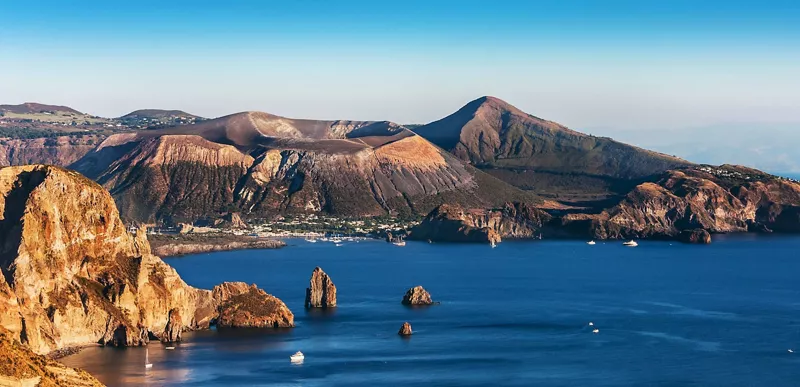
The first local product you must try is the Malvasia, a PDO wine defined by Guy de Maupassant the "wine of the volcanoes". It comes in three variants: white, fortified and raisin wine, made from grapes dried naturally in the sun on trellises of canes.
Sicilian capers are another typical delicacy that has become a Slow Food Presidium.

